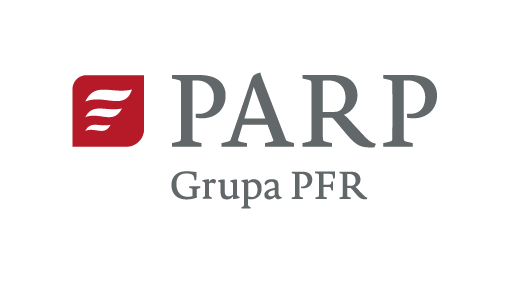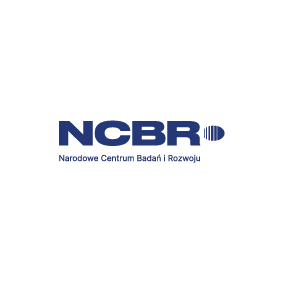Bio-future
it starts with us
A Step into the Future: Boruta-Zachem Biochemia Transforms into InventionBio S.A.
Dear Partners, Clients and Friends, A bit of history. In 23 December 2020, Boruta-Zachem Biochemia Sp. z o.o. completed its legal conversion into a joint-stock company and now operates under the name **InventionBio S.A.** At the same time, following the City of...

A Step into the Future: Boruta-Zachem Biochemia Transforms into InventionBio S.A.
Dear Partners, Clients and Friends, A bit of history. In 23 December 2020, Boruta-Zachem Biochemia Sp. z o.o. completed its legal conversion into a joint-stock company and now operates under the name **InventionBio S.A.** At the same time, following the City of...

New peer-reviewed papers confirm the efficacy of our feed components
Four fresh studies published in Animal Feed Science and Technology (doi: 10.1016/j.anifeedsci.2023.115656, 10.1016/j.anifeedsci.2023.115855) and Poultry Science (doi: 10.1016/j.psj.2023.102742, 10.1016/j.psj.2023.103256) demonstrate that the fermented rapeseed meal...
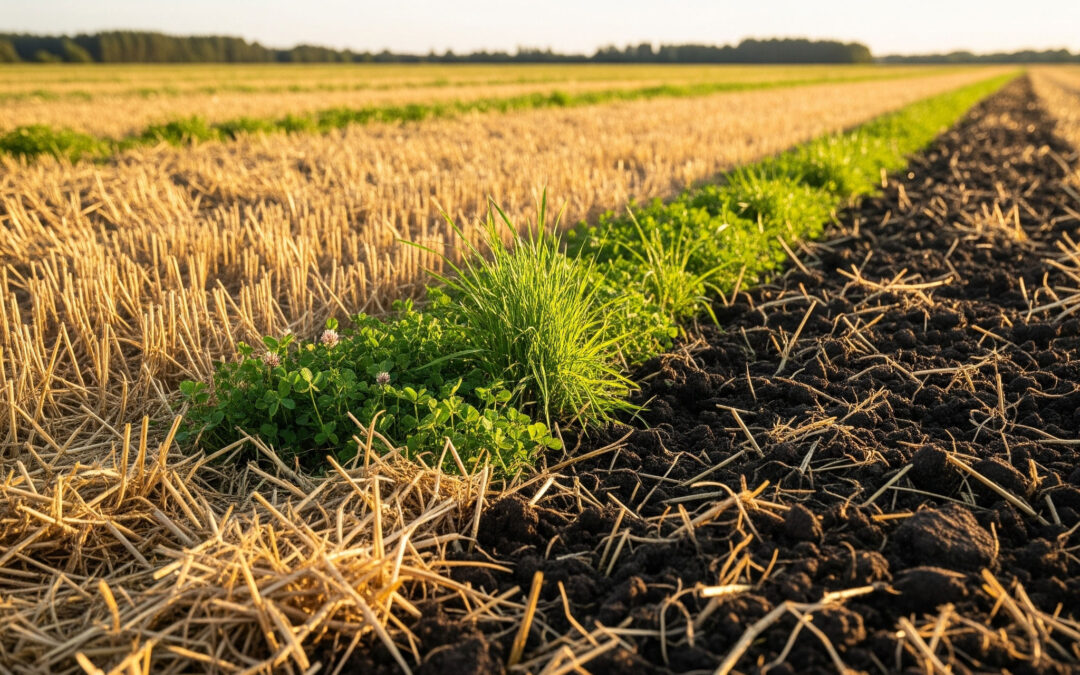
SŁOMACTIVE production kicks off – an innovative input for regenerative farming
Together with Grupa Azoty Zakłady Azotowe Chorzów S.A. and spin-off BHUMI we have launched industrial manufacturing of SŁOMACTIVE – a microbial solution built on Trichoderma and Bacillus strains with biosurfactantsthat accelerates straw decomposition, upgrades soil...

Effect of Fermented Rapeseed Meal on the Gastrointestinal Microbiota and Immune Status of Rabbit (Oryctolagus cuniculus)
The present study was conducted to determine the effect of the use of varying amounts of fermented rapeseed meal in diets for rabbits on the immune status and microbiota of segments of the GIT. Forty 35 day old rabbits used in the experiment were assigned to four...
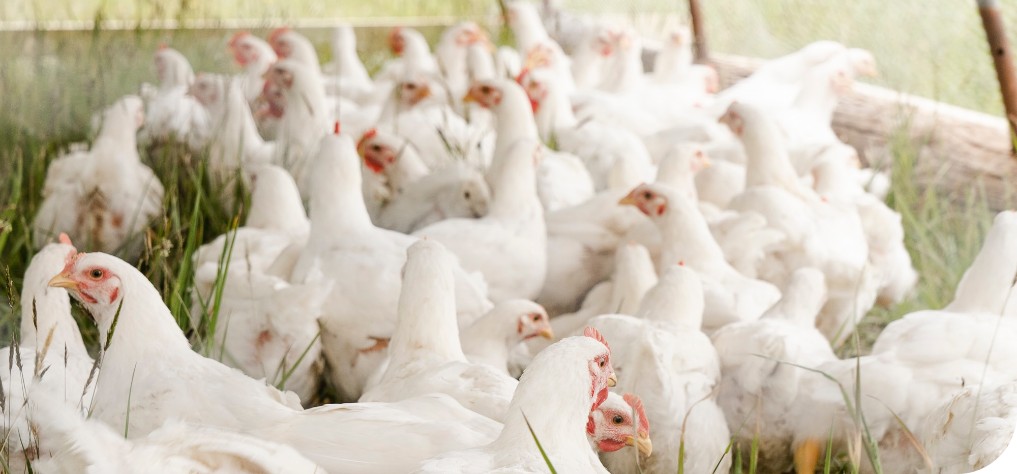
Changes in the Microbial Composition of the Cecum and Histomorphometric Analysis of Its Epithelium in Broilers Fed with Feed Mixture Containing Fermented Rapeseed Meal
This study examined the influence of fermented rapeseed meal (FRSM) on the intestinal morphology and gut microflora of broiler chickens. Limited information is available on the effects of FRSM on the intestinal morphology and the gastrointestinal microbiome population...
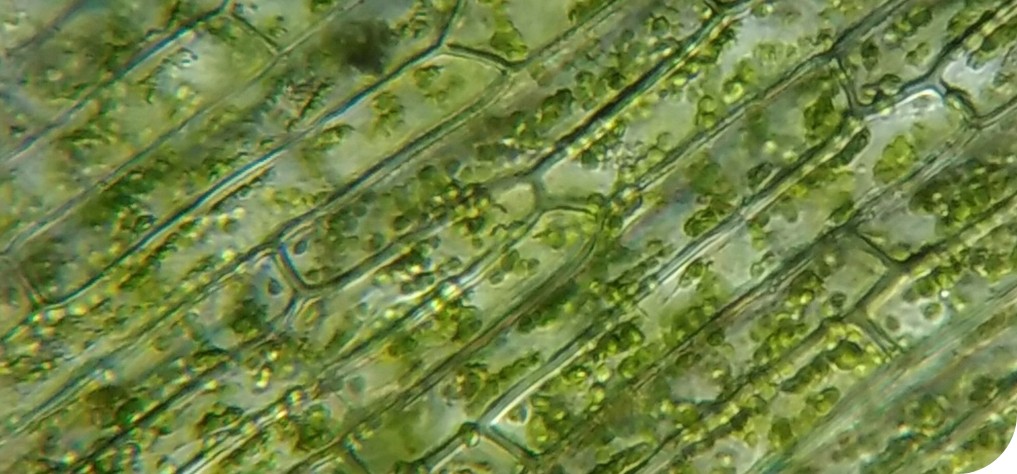
Xylan Decomposition in Plant Cell Walls as an Inducer of Surfactin Synthesis by Bacillus subtilis
Hemicellulose is the second most abundant plant heterogenous biopolymer. Among products obtained from a wide range of agro-residues, biosurfactants, eg, surfactin (SU), are gaining increasing interest. Our previous studies have shown that a Bacillus subtilis strain...

Azacarbazole n-3 and n-6 polyunsaturated fatty acids ethyl esters nanoemulsion with enhanced efficacy against Plasmodium falciparum
Alternative therapies are necessary for the treatment of malaria due to emerging drug resistance. However, many promising antimalarial compounds have poor water solubility and suffer from the lack of suitable delivery systems, which seriously limits their activity. To...
See other articles
Meet our team
Marcin Łukaszewicz
prof. dr hab. Eng., graduate of the Faculty of Agriculture at the Agricultural University in Wrocław and the Faculty of Sciences Naturelles Appliquées at the Université Catholique de Louvain. PhD student at Université Catholique de Louvain, Sciences Naturelles Appliquées, Unité de Biochimie Physiologique under the direction of Professor Marc Boutry.
Agnieszka Lewińska
Doctor of chemical sciences, graduate of the Faculty of Chemistry at the University of Wrocław, where she defended her doctoral dissertation with honors and currently serves as the head of the Faculty Laboratory of Electron Paramagnetic Resonance.
Marek Kułażyński
Prof. dr hab. Eng., since 1977 a scientist working in the academic environment, actively participating in the teaching process at the Faculty of Chemistry of the Wrocław University of Technology, conducting classes in two specialties at the Institute of Oil and Coal Chemistry and Technology. Co-author of several patent applications and several technologies.
Mariusz Korczyński
Dr. hab. prof. call University of Life Sciences in Wrocław, Department of Environmental Hygiene and Animal Welfare, currently holding the position of Leader of the Leading Research Team ? Poultry Industry? as part of academic activity.
Artur Bielski
A graduate of the Faculty of Economics at the Poznań University of Economics, majoring in Finance and Banking, and the Gdańsk University of Technology Postgraduate Study of Managerial Staff for cooperation with EU structures. Expert in financial and economic analysis, public procurement and aid funds.
Follow us on social media
